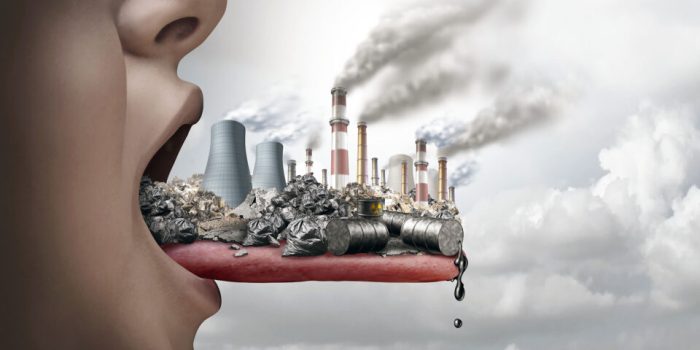In a stark revelation that demands our immediate attention, Europe stands on the precipice of a looming health crisis. A recent investigative report by The Guardian has unearthed a disquieting truth: an overwhelming majority of Europeans now find themselves living in regions grappling with alarmingly high levels of air pollution.
This exposé, leveraging advanced techniques such as meticulous satellite imagery and data from over 1,400 ground monitoring stations, paints a chilling portrait of polluted skies. Shockingly, 98% of Europe’s population resides in areas that exceed the World Health Organization’s (WHO) guidelines for fine particulate pollution, known as PM2.5.
This invisible menace, primarily born from the combustion of fossil fuels, now threatens the well-being of countless individuals across the continent, ringing alarm bells for public health officials and environmental advocates alike.

The gravity of the situation is most pronounced in Eastern Europe, with Italy being the exception. Countries such as Serbia, Romania, Albania, North Macedonia, Poland, Slovakia, and Hungary are reeling under the burden of air quality that doubles the WHO’s recommended limits for PM2.5 concentrations. Italy’s Po Valley and its neighboring areas also grapple with air quality four times worse than WHO’s safety standards.
In collaboration with pollution experts, the Guardian has crafted an interactive map to shed light on the most afflicted areas throughout Europe. The focal point of their scrutiny, PM2.5, consists of minuscule airborne particles primarily stemming from the combustion of fossil fuels. Astonishingly, only a mere 2% of Europe’s population resides in regions adhering to WHO’s annual PM2.5 concentration limits of 5 micrograms per cubic meter (µg/m³). Experts estimate that this insidious pollution claims the lives of approximately 400,000 Europeans each year.
With a deep sense of alarm, Professor Roel Vermeulen, an eminent figure in environmental epidemiology at Utrecht University who spearheaded this critical research endeavor, characterizes the current situation as nothing short of “a severe public health crisis.”

This disconcerting investigation sheds light on several disturbing revelations. Notably, countries like Germany, Spain, France, and the United Kingdom grapple with significant portions of their populations living amidst air pollution levels that blatantly disregard WHO directives.
The root causes of this issue lie primarily in traffic, industrial activities, domestic heating, and agriculture, with the most marginalized communities bearing the brunt of this disproportionate burden.
While the European Parliament recently voted in favor of adopting WHO PM2.5 guidelines by 2035, the urgency of the matter cannot be overstated. A growing body of scientific evidence firmly links air pollution to a myriad of health afflictions, spanning from heart and lung diseases to cancer, diabetes, mental health challenges, cognitive impairments, and more.

Dr. Hanna Boogaard, a prominent authority on air pollution in Europe, underscores the immediate need for decisive action. She aptly points out that the estimated fatalities represent merely the tip of the iceberg, omitting countless cases of non-fatal diseases, years marked by disability, hospitalizations, and the long-term repercussions of exposure to various pollutants.
As Europe grapples with the relentless escalation of this public health crisis, the imperative to act becomes indisputable. Time is of the essence, and the battle against the insidious menace of air pollution must commence without delay.


